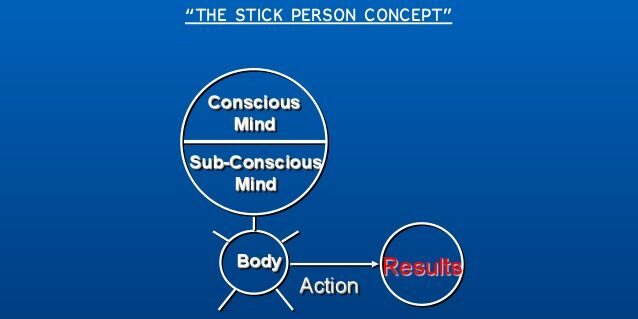I’ve been a big goal achiever for years. Not “goal oriented” not “goal focused”, a goal achiever. I’ve read many, many books on the subject. I’ve listened to many recordings and attended many seminars. When I put it into practice, I achieve. When I let it slip, I don’t. So here is the secret. Start with the end in mind. Plan it, in meticulous detail.
I am a regular reader of Medium, a source for writers to build their brand, and I came across a “Great Pandemic Era” article (cue cardigan, pipe and rocking chair) about how to get through the current epidemic side effects of misery-isolation-antagonism-resentment-bitterness-trapped feelings of imagining the horrifying one-two punch of contagion, illness, and death, followed by unemployment, bankruptcy, and poverty. The author suggested that we “Tell Yourself a Story from the Other Side”. The point being that if we can see the other side our subconscious can create a way to get there.
Yep, forgot that one again. Start with the end in mind.
Influence your own subconscious
An acquaintance of mine, Bob Proctor uses a stick figure to explain how this works. He draws a stick man and bisects his head in two, the conscious mind and the sub-conscious mind. The conscious mind thinks a thought and the subconscious mind accepts that as the truth. The subconscious mind causes you to ACT in a certain way. The best way to influence the subconscious mind is to get emotionally involved in your goal, what it feels like, how it smells, et-cetera.
This is the same suggestion as the article writer. Grandpa, how did you get through the pandemic? “We learned to draw, sew, and do magic tricks. We sang and danced and TikToked, creating a living art installation with a billion contributors. People figured out they didn’t need fancy equipment to exercise. We stopped flying around and jumping into cars without good reason. Everyone planted things they could eat. We cleaned out our pantries, finally. We played cards with our families. We had very long conversations. We became the first globally minded generation, making decisions in full knowledge that we are not immune from each other.”
You understand that the author is building a vision, a story of how it worked out in the end. As one develops the story with more and more detail, it gets more and more real. The subconscious takes over and convinces the author to take a walk, to plant a garden, to experiment with TikTok… The story starts to build itself, to create its own actions which create the end result. And it is stated as if it has happened, as if it is fact.
On the other hand, if I believe my neighbour is inconsiderate then everything he does is intentionally designed to annoy me, and so I respond in kind. His dandelions bloom and their seeds blow into my yard, so I stay up late, drink absinthe and blast “Metallica: Enter Sandman” on the back deck. It doesn’t register that he doesn’t spray chemicals on his yard due to the fact that his 2-year-old child plays in the yard.
If my goal was to build an enjoyable relationship with my neighbour, I would invite them over to a barbeque in my beautifully tended garden, serve roast chicken, potato salad and show the kid how to roast marshmallows. I can taste the food. I know where the table is set up. I know how the patio lanterns light up the night. I can hear the fountain bubbling in the background and Metallica is replaced with light jazz.
How did I get here?
Benjamin Hardy explains it thus “You need to see yourself as the person who has already achieved your goal. This doesn’t mean you need to pretend to be that person today, but it does mean that you are consistently taking advice from that person and making decisions based on their circumstances instead of your current ones.” In other words, as David Byrne asks, “how did I get here?”
A research study at UCLA indicates that visualizing the process as opposed to visualizing the outcome yields vastly improved results. the mind becomes primed to follow through on the things we visualize. Like an athlete practicing a jump shot in their mind, we can mentally rehearse our future behaviors. Visualizing an action leads to following through on that action. And it is our actions that get results.
Your focus should be on visualizing the actions you will take to make your desired goal a reality. Don’t visualize the outcome. Instead, visualize the path that will lead you there and the steps you need to take along that path. Focus on “choice points” those points where you can get distracted from your goal. Let’s look at an example. Trying to lose weight? Visualize the choice point you’ll face at a dinner party (eventually) when the host offers you a dessert. Mentally rehearse the act of politely declining the dessert by deciding what you will do and say in advance.
So, start with the end in mind. You can change your future and that of your organization if you see the results as if accomplished and ask yourself “how did I get here?” Identify your choice points and practice, in your imagination how to get past those in order to get to your desired end.
Further
For more leadership tools check out our Leadership Support Program, Webinars, Zzeem Video Channel and Zzeem Podcasts. Subscribe Now
